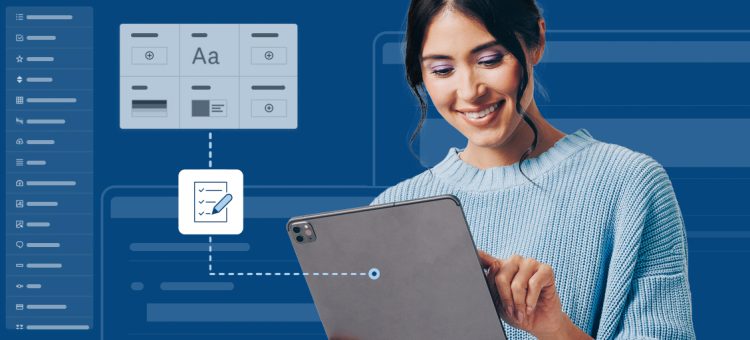In a world that’s always-on, most of us face the monolithic challenge of providing our customers with a seamless experience from online, to mobile device, to brick-and-mortar, to phone/chat with our customer support teams. While many work tirelessly to defragment the buyer’s journey with tactics developed from an internal perspective, omnichannel holistically works to develop techniques from the customer’s point of view. It can be tricky to master because while it’s often confused with multi-channel or integrated marketing, omnichannel actually consists of a high-touch execution of both, along with a bit of its own special sauce.
Multi-channel: to be or not to be omnipresent
The connected customer of the future is here. A recent study we conducted on holiday shopping habits revealed the number of consumers who prefer to shop in-stores (54%) grows ever closer to those who prefer to shop online (44%).This means you’ll find most consumers floating between both your physical and digital storefronts. Nearly half (46%) of those shoppers said they’re likely to browse or purchase products on their smartphone, and over half (55%) say they will find deals or price information directly on a retailer’s website. Equally noted within B2B, buyers make 57% of the purchase decision before a prospect even calls a supplier.
Omnichannel makes it possible for buyers to not only switch between channels, but considers their use of channels simultaneously. This is why it’s imperative to keep in mind “always-on” doesn’t imply turning on every possible channel. Brands do well to consider how many channels they can support with a regular cadence of content and personalized service in-real time.
Reimagining integrated marketing
Integrated marketing ensures the messages buyers receive are consistent across all channels. However, most think integrated marketing is simply running redundant assets and/or messaging according to spec across multiple channels—which is where things often fall apart. Omnichannel is about more than simply connecting dots.
In order to tap into the potential of omnichannel’s customer perspective based strategy, brands need to listen first. Gathering People Powered Data™ (the voices and opinions of the people who matter most) at scale makes it possible to turn patterns in buyer behavior into tailored and engaging experiences fit for campaign integration. Each touchpoint within an integrated campaign should be considered from the buyer’s perspective, be tailored for that audience, and then customized for the channel. Once you’ve been informed by your buyer data as to which channels are best, and you’ve assessed how many of those channels you can sustain—this is where your segmentation and personalization skills can shine through.
Unlocking the potential of omnichannel
Check out the complete infographic.
Mind the gaps
A key component of omnichannel is ensuring a seamless experience across each of your customer-facing environments—which depends a great deal on your consistency. Your brand’s voice and narrative should be uniform and easy to recognize. The stories you tell around your product and services, while not repeated verbatim across channels, should follow a continuous thread from one encounter to the next. Like turning the pages of a book, what follows should create additional context. Also, the ability to reconcile offers and claims across touchpoints can go a long way towards instilling buyer confidence.
Your omnichannel strategy should account for the person who may be standing in your physical retail location utilizing their mobile device to search your website or app simultaneously. While in-store your customers may also head to Facebook, Instagram, Twitter, or Snapchat for support before or instead of approaching a sales associate. Making sure you can deliver a phenomenal and glitch-free customer experience on mobile, web, and social is paramount to your success.
Round out the consistency by making sure your staff is equipped with the training, data, and resources they need to deliver exceptional customer experiences and quality support within each of your customer-facing domains.
Omnichannel’s special sauce
You’re probably thinking, “I get it. This is really important, but what about the secret sauce you mentioned earlier?”
The secret to making everything we’ve discussed work is actually pretty simple. It all comes back to listening to the voices, ideas, and sentiments of the people who matter most to your business. Being attentive will help you to understand the “why” behind buying behaviors and give you the tools you need to work from the customer’s perspective. Brands that listen, regularly monitor their NPS® (Net Promoter Score®), and understand the key drivers behind it are positioned to deliver better experiences.
Finding ways to listen to your customers and validating their input with customized service and experiences is a sure way to realize the promise of omnichannel.
Net Promoter Score and NPS are registered trademarks of Bain & Company, Inc., Fred Reichheld and Satmetrix Systems, Inc.
Curious to see how SurveyMonkey CX can help take your omnichannel strategy to the next level? Learn how you can monitor and take action on your NPS. Request a personalized demo →



